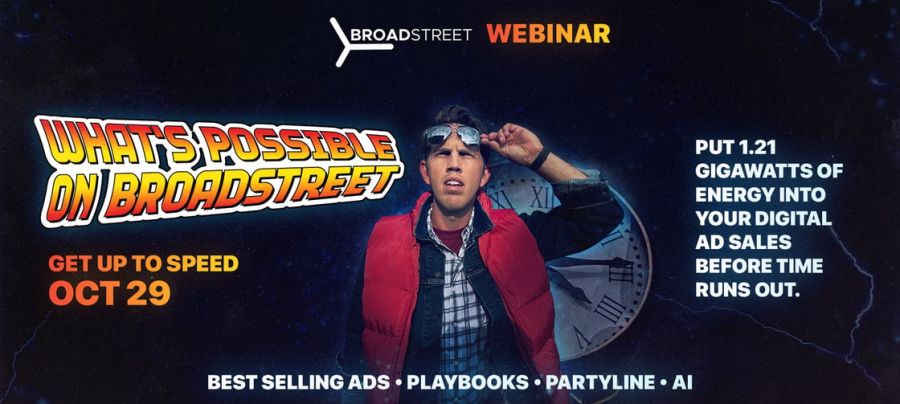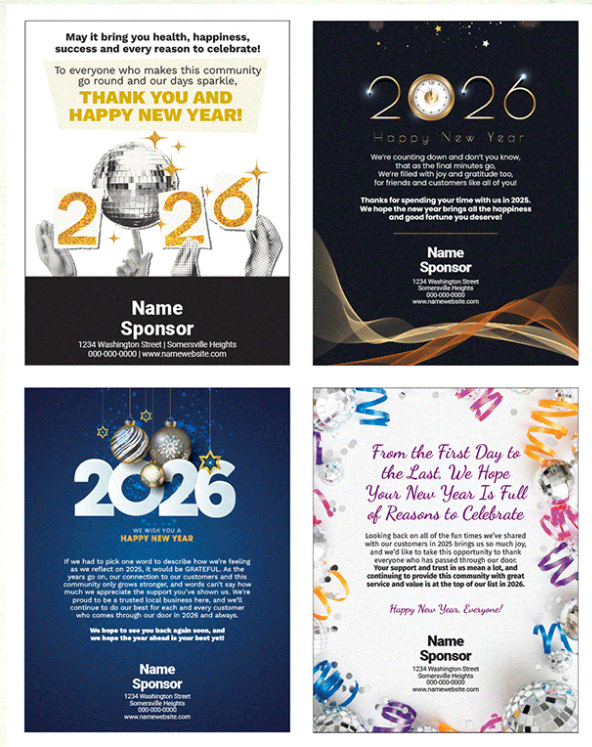A little more, a little less for sales meetings
John Foust
May 1, 2019

Kristen told me how she handles one of the biggest challenges of managing her newspaper’s sales department. “Sales meetings — like a lot of other things — fall into predictable patterns,” she said. “The boss talks, the staff members listen, and more often than not, it’s just a transference of information. No one feels motivated to do anything different after the meeting is over.
“I learned a technique a few years ago that gets everyone involved. First, I introduce a topic that calls for specific solutions, then the group answers a set of questions to generate ideas. My role is to be a facilitator and let them do most of the talking. Usually, everyone arrives at the right solutions, but since the ideas are theirs, not mine, there’s more buy-in.
Although there are a lot of meeting formats, this has become one of Kristen’s favorites. Let’s take a look at how it works.
Step 1: “First, I introduce a topic,” she explained. “It could be something like, ‘Increase digital sales in the holiday season by 10% over last year.’ That gives us a specific focus, which is better than a vague statement like, ‘Increase sales’ or ‘Provide better customer service.’ It allows us to concentrate our attention on that one thing without running down rabbit trails. My job is to state the topic as clearly as possible and make sure everyone stays on track. I write the topic in big letters on a flip chart, tear off the sheet and post it on the wall.”
Step 2: “After we agree on the statement of the topic — which is usually a problem that needs to be solved or a goal that needs to be reached — I write DO MORE on the next sheet of the flip chart and we list things we need to do more of, in order to make progress.
“We list all the ideas and check the ones that are most workable. That leads to a discussion of what is involved in implementing each one. Through it all, the group does most of the talking.”
Step 3: “Talking about ‘more’ isn’t enough. There are always some activities we can cut, so I write DO LESS on the flip chart, and we follow the same procedure. Sometimes subtraction is just as important as addition.”
Step 4: “With all the talk about more and less, we don’t want to lose track of the things that don’t need to be changed. The next sheet is labeled KEEP DOING so we can examine — and evaluate the value of — activities that we are doing what they are supposed to do.”
Step 5: “After we go through this process, an action plan becomes obvious. That’s the last sheet. When the meeting is over, we look around the room and see the entire process posted on the wall, ending with a to-do list that we developed as a team. That’s a lot better than having everyone sit around the conference table and listen to a lecture.” © John Foust 2019. All rights reserved.
John Foust has conducted training programs for thousands of newspaper advertising professionals. Many ad departments are using his training videos to save time and get quick results from in-house training. Email John at john@johnfoust.com.









